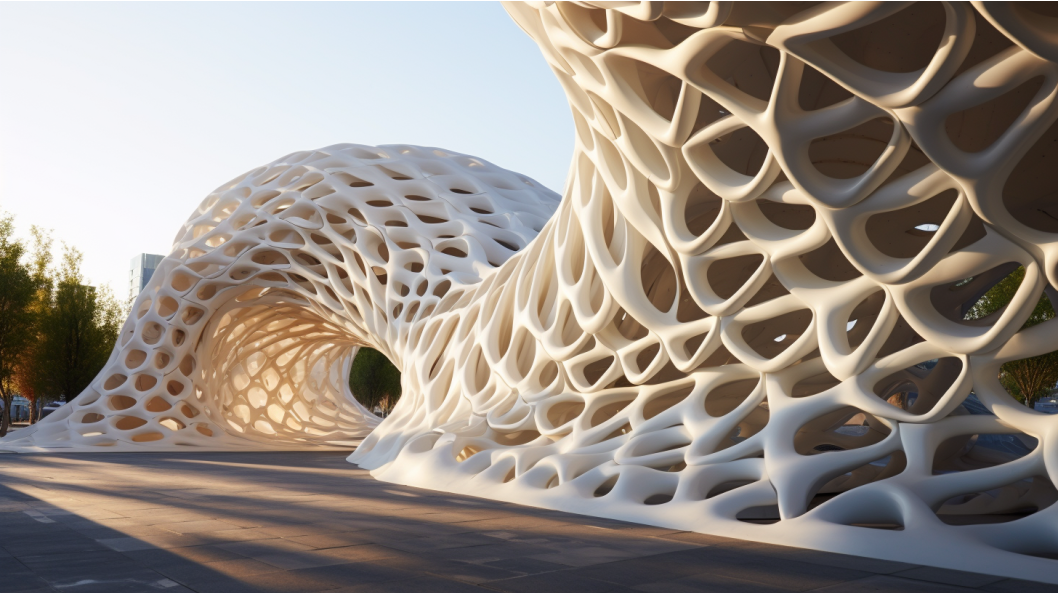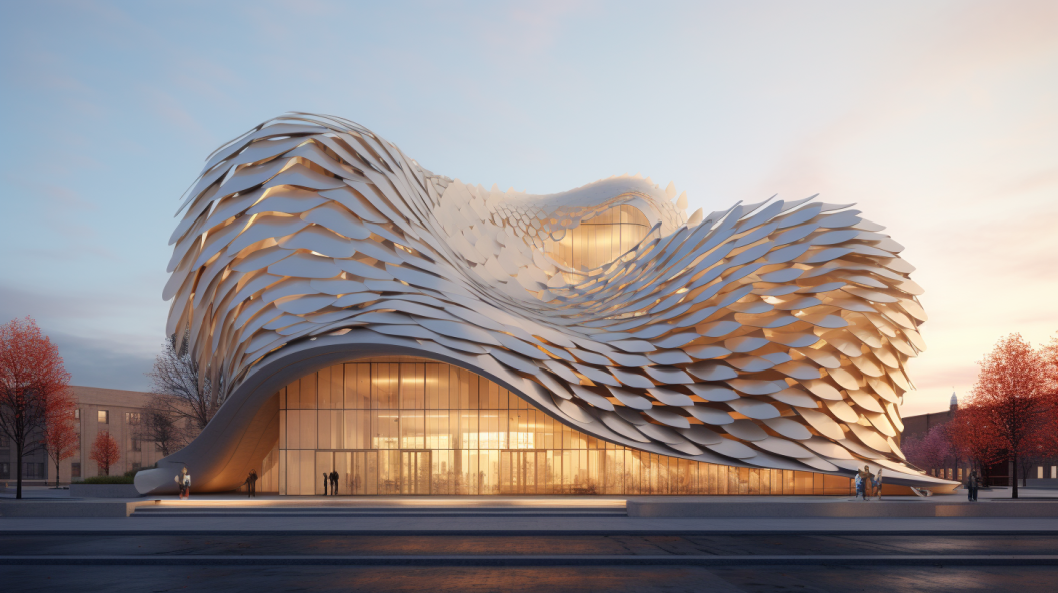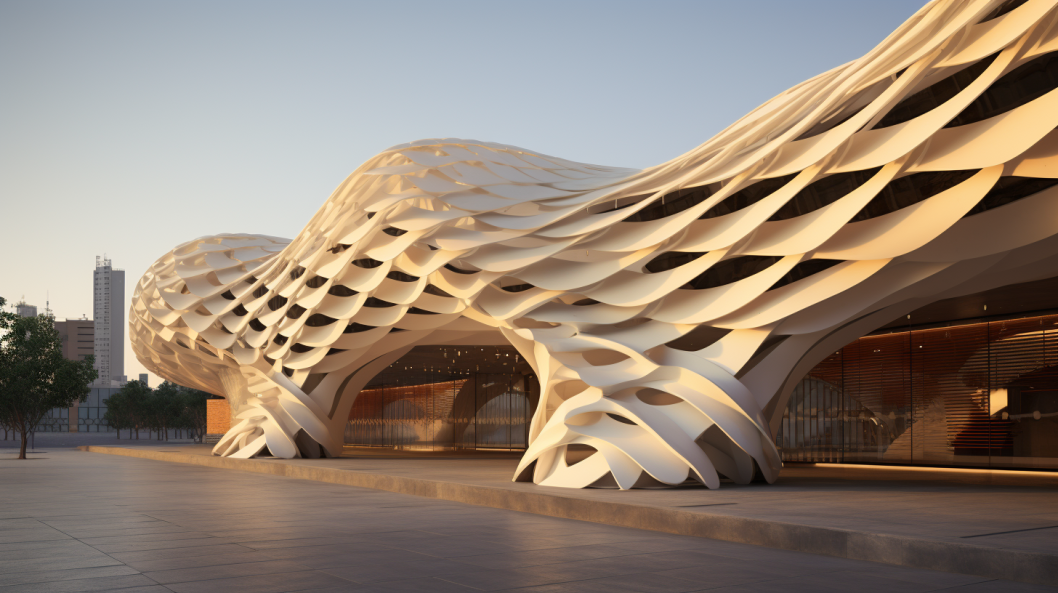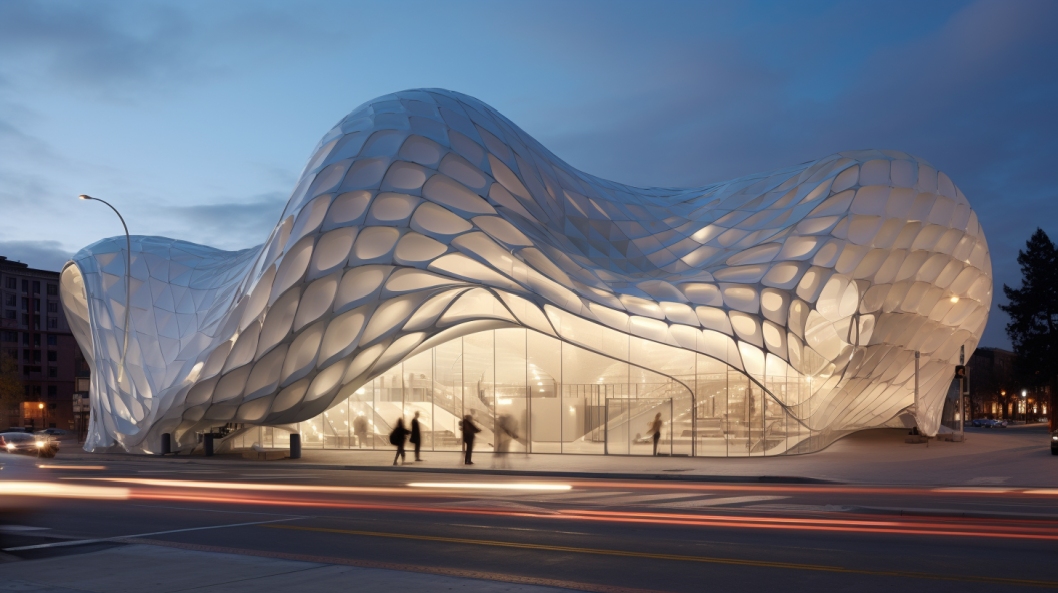As urban landscapes perpetually evolve, so too must the architecture that shapes them. Intelligent envelopes, driven by the principles of parametric design, are carving out a future where buildings are not merely inert structures but dynamic entities that can interact with and adapt to their environment. Parametric design, harnessing the power of algorithms and computation, enables architects and designers to manipulate and control the geometry of design forms based on a set of parameters and rules, taking building performance, aesthetic, and adaptability to unprecedented heights.

The Harmonization of Form and Function through Parametric Design
Enhancing Energy Efficiency
Intelligent envelopes foster sustainable cities by championing energy efficiency. Parametrically designed building skins can be optimized to respond to environmental cues, managing heat and light entry according to temporal and seasonal fluctuations. This can be achieved through adaptable facades that modulate light infiltration, minimizing energy consumption related to artificial lighting and temperature regulation.
Interactive Facades
Moving beyond static forms, intelligent envelopes are gearing towards interactivity, functioning as interfaces that engage in a two-way dialogue with both their inhabitants and their external environment. Interactive facades can adapt in real time to environmental changes, manipulating light, views, and ventilation in response to internal demands and external climatic conditions. This interaction not only facilitates a bespoke internal environment but also minimizes the structure's environmental footprint.

Bioclimatic Design
With the application of parametric design, architects can craft intelligent envelopes that work in harmony with local climatic conditions. Bioclimatic designs make use of natural resources, like sunlight, wind, and vegetation, as active agents in maintaining thermal comfort and reducing energy consumption. Adaptive shading devices, responsive ventilation systems, and thermally optimized materials can all be finely-tuned through parametric algorithms to align with bioclimatic principles.
Urban Ecosystem Integration
Buildings of the future are envisioned to seamlessly blend into urban ecosystems. Intelligent envelopes can be designed to support biodiversity, integrate green spaces, and mitigate the urban heat island effect, contributing positively to the urban microclimate. Facades can be tailored to foster vertical gardens, support wildlife habitats, and harness rainwater, serving a dual purpose of enhancing aesthetic and environmental quality.

Human-Centric Approach
Perhaps most crucially, intelligent envelopes can elevate the human experience. Parametric design allows for the customization of spaces to align closely with the needs and well-being of its occupants. Through adaptive lighting, ventilation, and spatial configuration, intelligent building skins can ensure that spaces are not just visually appealing but also psychologically and physiologically nurturing.
Shaping an Adaptive, Sustainable Future
The fusion of intelligent envelopes and parametric design spells a future where buildings are active contributors to urban wellness, sustainability, and biodiversity. As we stride into a future where adaptability and sustainability are paramount, the embodiment of these principles within our built environment becomes not merely advantageous but essential.
Intelligent envelopes stand as a testament to the possibilities that lie at the intersection of technology and design, acting as conduits through which we can envision and realize a more sustainable, harmonious, and human-centric urban future. This innovative approach, stretching the boundaries of what architecture can achieve, promises to redefine our spatial experiences, marrying aesthetic, function, and sustainability in a symphony of interactive and adaptive design excellence.

Welcome to planksip® – your go-to media outlet for top-notch content creation. Get content like this for just $200 per week!
